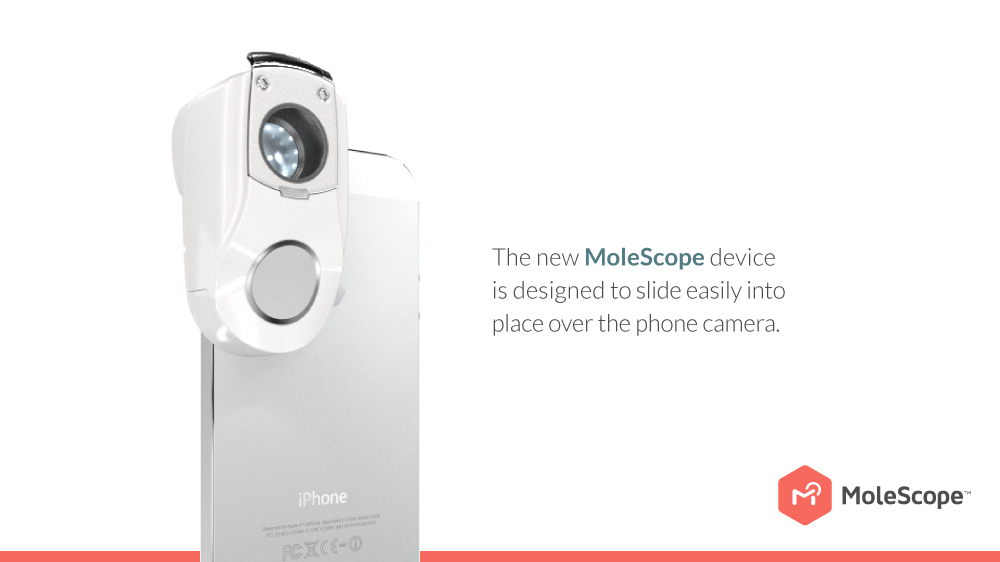One the most enjoyable things to do during the summer is to get outside, be more active, enjoy the fresh air, and spend time relaxing in the sun. Not only do most of us look forward to hot sunny days, but during cold winters some of us even plan vacations to hot tropical countries just to get an extra dose of poolside or beachfront fun.
I totally support getting more sunshine, but at the same time I’ve been hearing more and more disturbing stories from family and co-workers of the increased incidence of a type of skin cancer called Melanoma in their families. Unfortunately, the primary cause of melanoma is ultraviolet light (UV) exposure in people with low levels of skin pigment.
Given my long love affair with the sun, and that fact that I have relatively white skin with a few moles, I started to worry that perhaps my exposure to UV rays could result in an increased chance of developing Melanoma.
So, with my newfound passion for “biohacking” and self-improvement, I went in search of finding simple yet affordable technologies that help me live a healthier and safer life, whilst still enjoying the my passion for sunny weather.
For those of you who don’t know much about “biohacking”, it’s basically the practical application of scientific knowledge to increase our performance, stay healthy, keep fit, live longer, and ultimately feel better so we can truly enjoy our lives and get more done.

My search for ways to practically and scientifically monitor my risk for Melanoma led me to a local Vancouver based company, MetaOptima, which designed a unique yet extremely affordable software application coupled with a state-of-the-art cellphone attachment that helps you both categorize and monitor any strange skin pigmentation’s and moles that could potentially become cancerous.
One of the most difficult things about identifying Melanoma is that first-hand visual inspection is the most common diagnostic technique for doctors to decide whether you have a cancerous growth on your skin. With Melanoma being the third most common form of cancer in Canadian women between the ages of 15‐29, and rates generally increasing year over year by 1.4% since 1998 in both men and women, it’s no wonder that we should all become more diligent about tracking any skin pigmentation and moles we may have.

Dr. Maryam Sadeghi (seen above), an innovative researcher and designer the MoleScope app and device, was aiming to provide people like you and me with the access to the same sophisticated system that doctors have in their clinics, but without the 12 month wait you would likely have to see a dermatologist to look at your mole. She designed an affordable system that anyone can use in the privacy of their home, and then bring to their doctor whenever needed.

So with a great deal of expectation, I opened the shipping box containing the Molescope Basic device. Inside I found a methodically partitioned box containing the Molescope, along with an instruction manual, special antiseptic gel, two extra batteries, and five extra disposable contact pieces.

After installing the Molescope iPhone application, I quickly created a profile and began the process of mapping out some of the more dominant moles that I was suspiciously eyeing as possible candidates for Melanoma.
The actual setup and photographing of moles takes less than a minute, and is easily mapped to various parts of a 3D model of the human body. Not only does the software keep track of the mole or skin pigmentation, but it also gives you the opportunity to add notes and other information relevant to the analysis.

To my relief, after completing the quick and easy ABCD testing process of my moles using the iPhone app, the preliminary results indicated that none of them appeared to pose as problems, however just to be on the safe side I’ll be following up with my doctor to get a professional opinion. I don’t presume I’m able to self-diagnose anything using the app, but the biggest advantage of having multiple images of my moles over time will be to keep my doctor informed of any changes that may be occurring. I definitely see the Molescope as a key health care aide that patients can use to radically enhance their doctors awareness of their skin’s health. The software is very intuitive and has plenty of examples to help you understand how to conduct a quick analysis of your moles. To be honest, the entire process not only increased my confidence in effectively monitoring my moles, but also educated me on some key details about managing my skin’s health.
In reviewing the Molescope website (https://molescope.com), I found a great deal of additional information that proved very helpful.
All-in-all I give this device a solid 5 out of 5 stars, as it is extremely affordable (Now on sale online for $99 USD, down from $149 USD), quick attachment to your phone, easy software installation and management, amazing 3D human model to keep track of various mole locations and data, intuitive self-assessment tool for each mole, ability to add notes, and plenty of examples and opportunities to learn.
So just like I recommend everyone include a thermometer in their basic first aid kit, I’m also now recommending you also include a Molescope as part of helping to manage, optimize and “biohack” your health or the health of your family and friends.
*Disclaimer Molescope should not be used in place of sound medical advice. Always use in conjunction with seeking information and advice provided by your doctor. We were provided a sample of Molescope for this review. Our opinions are unbiased and based on our own unique experience.

Many thanks for useful article, you helped me a lot.
LikeLike